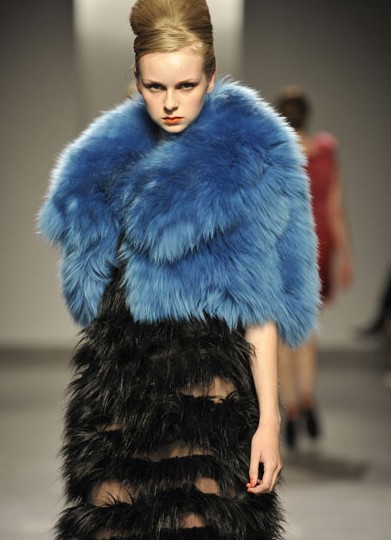blog
Faux fur fabric — a new lifestyle
Faux fur fabric — a new lifestyle
In the fashion world, fur has always been one of the best representatives of the luxury style. In the past, especially in the cold regions of high latitudes, people love to wear natural fur clothing to keep warm. And it is also one of the common elements for fashion circles. However, in the following decades, people’s demand for animal fur increased rapidly. As a result, some wild animals are on the verge of extinction and animal fur resources are becoming increasingly scarce. More and more environmentalists began to strongly resist animal fur and a large number of chemicals on which fur processing depends also had a serious impact on the environment. These facts led to faux fur becoming popular.
Faux fur, also called fake fur, in a certain degree satisfies people’s demand for the fur products. In appearance, fake fur fabric is a plush fabric that looks like an animal’s fur. Villi are divided into two layers: the outer layer is thick and straight bristles, while the inner layer is soft and short fibers. Fake fur is suitable for coats, clothing linings, hats, collars, toys, mattresses, interior decorations, and carpets. In recent years, high-fidelity products began to internationalize. The rapid follow-up of fashion brands led to a better and richer product performance in the high-end faux fur fabrics.

Faux fur vs natural fur
- Composition
Faux fur: In the past, it is made of blend chemical fibers, such as acrylic, polyvinyl chloride fibers; nowadays, artificial fur has become a hot spot. With the development of technology and fashion, natural fibers such as cotton and hemp have also been used in faux fur fabric. We believe that the future of faux fur will show multiple and varied product features.
Natural fur: The main ingredients are protein and water.
- Color
Faux fur: Dyeing properties and colorfastness are very good. You can dye any color you want. For example, you can choose dyed pink, which color is rarely seen in animals.
Natural fur: The color of the animal itself is the main color, and the coloring effect is poor after the dyeing process.


- Maintenance
Faux fur: cleaning and maintenance are no different from ordinary clothing.
Natural fur: it requires regular professional maintenance.
- Flexibility
Faux fur: it can meet various design requirements as needed.
Natural fur: it depends on the characteristics of different animal fur.
With the innovation of science and technology, the quality of fake fur has been continuously upgraded, making it comparable to natural fur in all aspects, such as wool quality, wool color, texture, and etc, and even surpassing natural fur in terms of transparency and dye.
Fake fur has a broad market potential. And it is more friendly to the environment and less expensive than real fur. Whether as a single product or decoration, it always gives you a lot of fashion inspiration.
As one of the main products, we provide various types of fake fur fabrics. Different colors and different processing make different styles.

